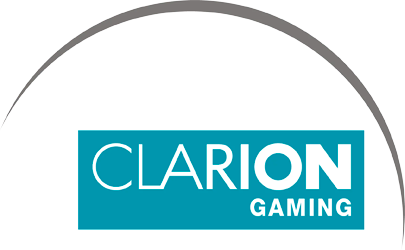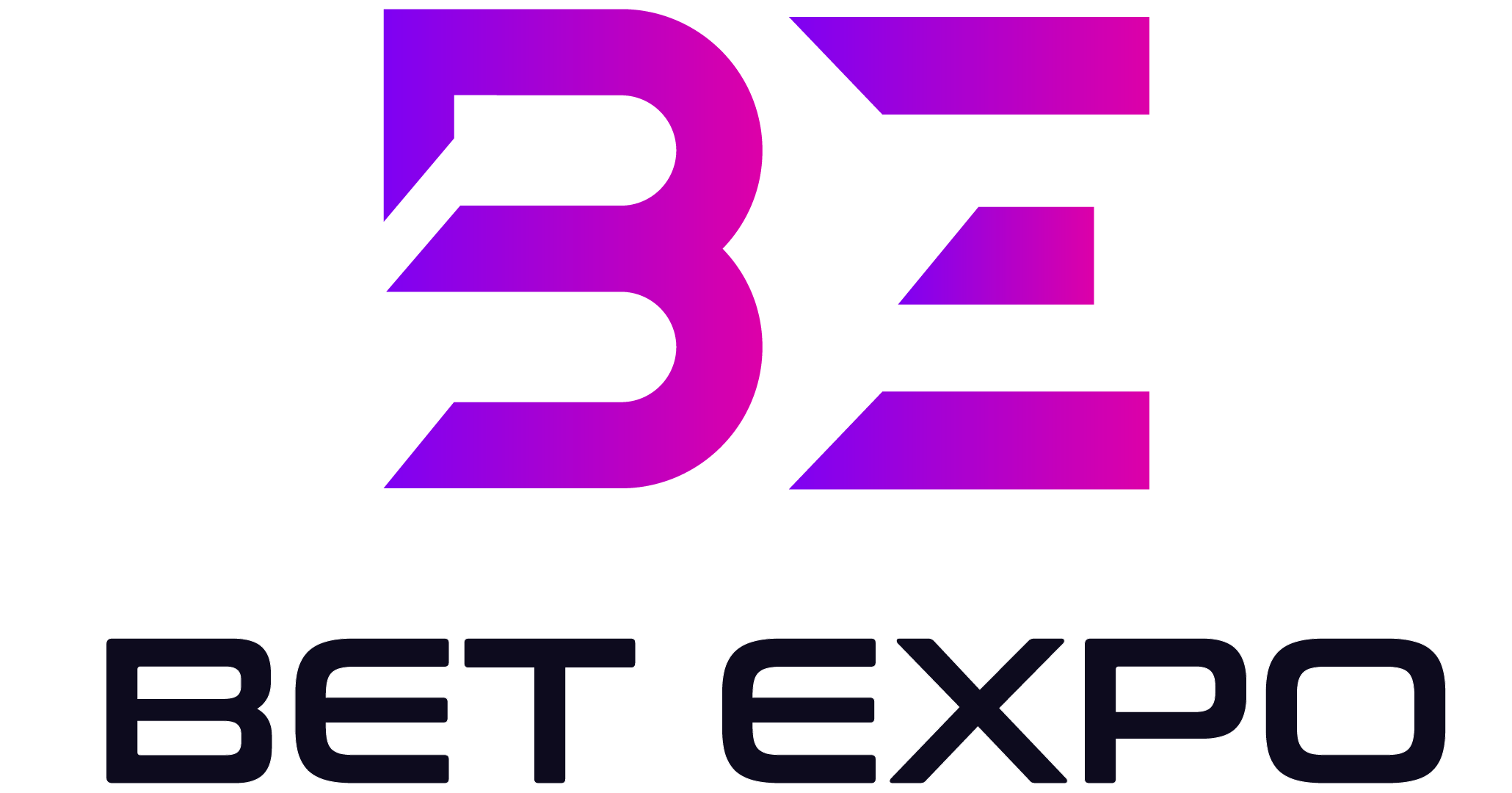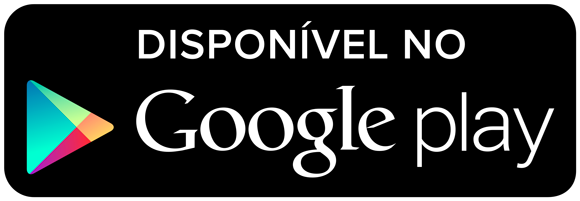With revenues of approximately R$120 billion per year, the sports betting market in Brazil is booming.
According to a study with Datahub, the segment recorded a growth of 360% between 2020 and 2022, with 239 new brands. While 60 new companies emerged in the first three months of 2023 alone.
According to research carried out in São Paulo by Tunad, specialized in Media Intelligence, insertions in the sports betting sector on TV increased by 50% comparing the second quarter with the first quarter of 2023.
In total, more than 88 thousand television advertisements were sponsored by the companies participating in the research.
Featured brands in the sports betting market in Brazil
Of the ten brands that advertised the most on TV in the third quarter of 2023. Therefore, the three that stood out the most in the period were:
- Sportingbet, with more than 8 thousand ads;
- Betano, with more than 6 thousand;
- Bodog, with more than 2 thousand.
Additionally, the following brands participated:
- EstrelaBet with 2,011 insertions;
- Betfair (1.792);
- Esportes da Sorte (1.547);
- Cartola Pro (1.237);
- Betsul (1.059);
- Betnacional (1.007) and
- Pokerstars, with 639 adds.
The term “uplift” is used for the growth in the volume of searches on Google for a brand, impacted by advertising insertions on television.
Therefore, this growth is projected by comparing the average number of searches in the 5 minutes preceding the insertion with the 10 minutes following, taking into account as an ad’s impact everything that exceeds the usual average.
In this evaluation, Sportingbet stood out with an average “uplift” of 542 searches per television insertion, surpassing Betano with an average of 466. Close behind, Bodog presented 446, EstrelaBet reached 386 and Betfair registered an uplift of 309.
Research method
So, the research was carried out using a signal capture system for open TV and PayTV channels developed by the company, which can identify when commercials start and automatically classify them via audio-matching.
In addition, data is crossed to recognize whether these advertisements had an impact on any specific indicator, such as keyword searches on Google, for example.























































